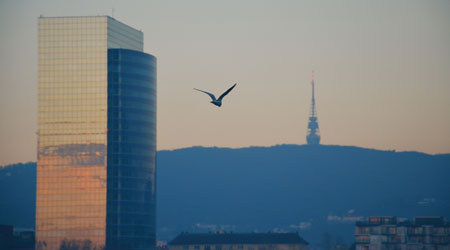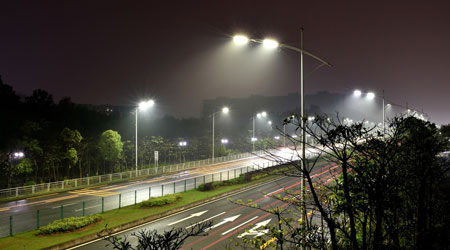
Bird Dogged: Volunteers Rescue Thousands After Building Collisions
July 5, 2016
Grounds managers at institutional and commercial facilities with taller buildings no doubt come across a number of dead or injured birds. In a city like Chicago, which features many of the tallest buildings in the world, the number of birds that collide with skyscrapers only skyrockets.
It seems there’s a cause or group for everything these days, and in downtown Chicago, a group exists to rescue the birds who collide with buildings. The
Chicago Bird Collision Monitors (CBCM) collects an average of about 5,000 birds annually within the city, according to an article from a
Chicago television station. According to the group’s director, Annette Prince, 60 percent of the birds collected are dead and 40 percent injured.
What happens to the birds that grounds
maintenance teams find on campus or at hospital and office building grounds? At most facilities, most of the birds recovered are probably thrown in the trash, or left to hopefully recover naturally. Thanks to more than 100 CBCM volunteers, who conduct their searches from just before sunrise through mid-morning, some of the birds can get a second chance at life and are rehabilitated at a local preserve. The dead birds receive a meaningful ending, as they are donated to the Chicago Field Museum’s bird division for research purposes.
Large, glass windows on tall buildings can easily confuse birds, causing them to crash to their demise. Chicago’s location on a prime migratory bird route also increases the number of bird collisions in the city. The glow of the night skyline also presents problems for the birds.
The CBCM group sounds like a devoted but realistic bunch. They are not calling for the elimination of tall buildings from the Chicago landscape, nor do they blame facility occupants or managers for all the unfortunate bird droppings. But Prince wonders if architects can design more bird-friendly buildings that might limit the casualties and alert the birds to the dangers ahead.
“I love birds,” Prince told WTTW. “I’m just dismayed that something as beautiful as the Chicago skyline can be so deadly for birds.”
For additional grounds management information, visit
www.facilitiesnet.com/groundsmanagement.
This quick read was submitted by Dave Lubach, associate editor for Facility Maintenance Decisions. Reach him at dave.lubach@tradepress.com.
Next
Read next on FacilitiesNet












